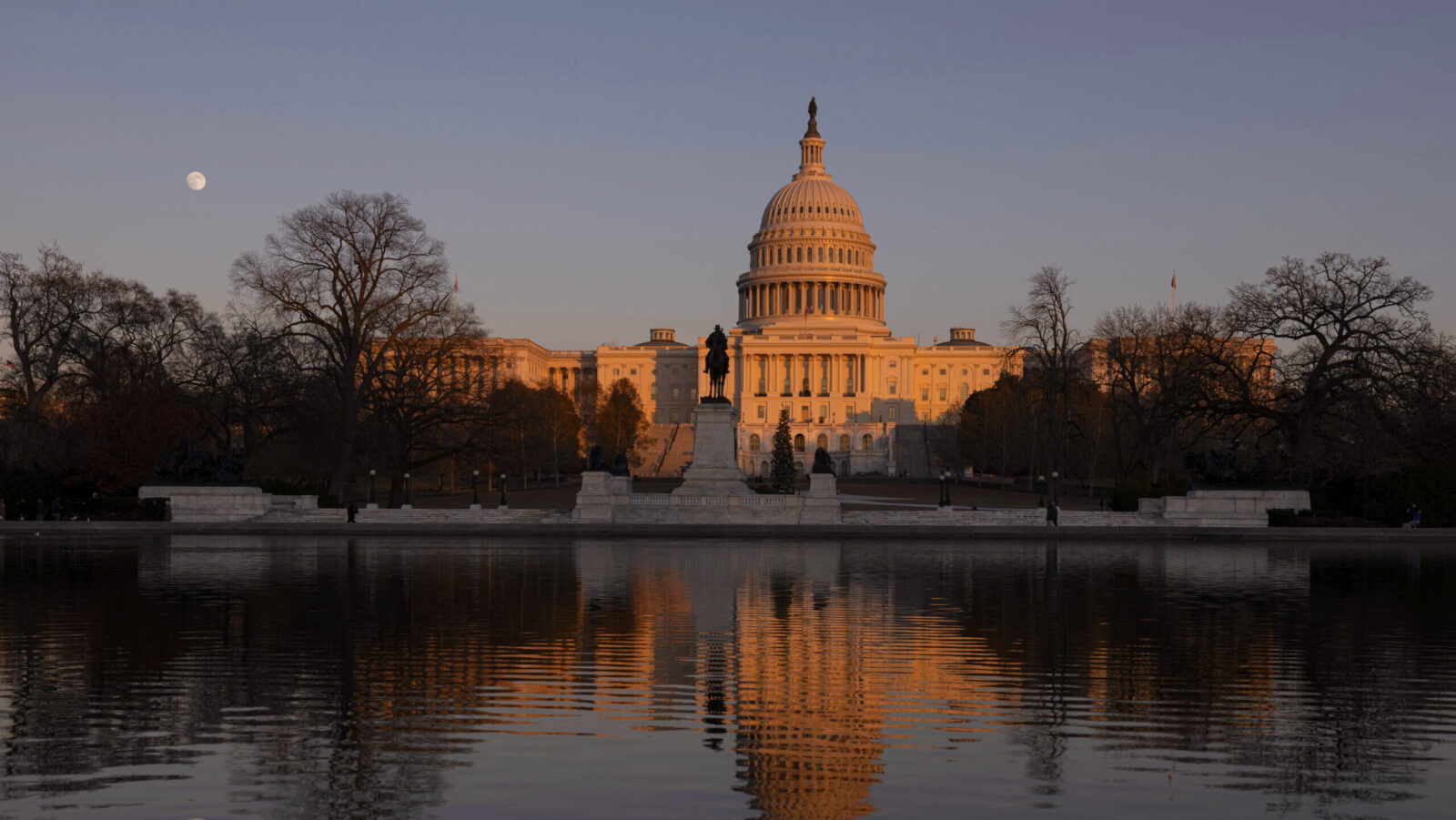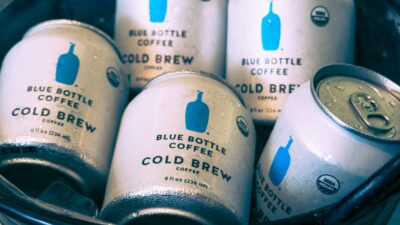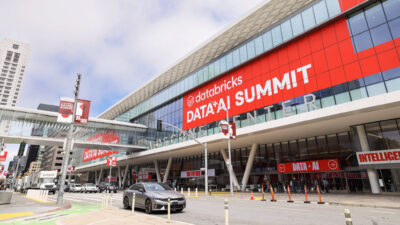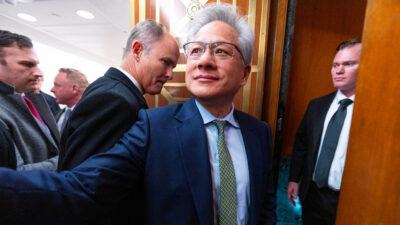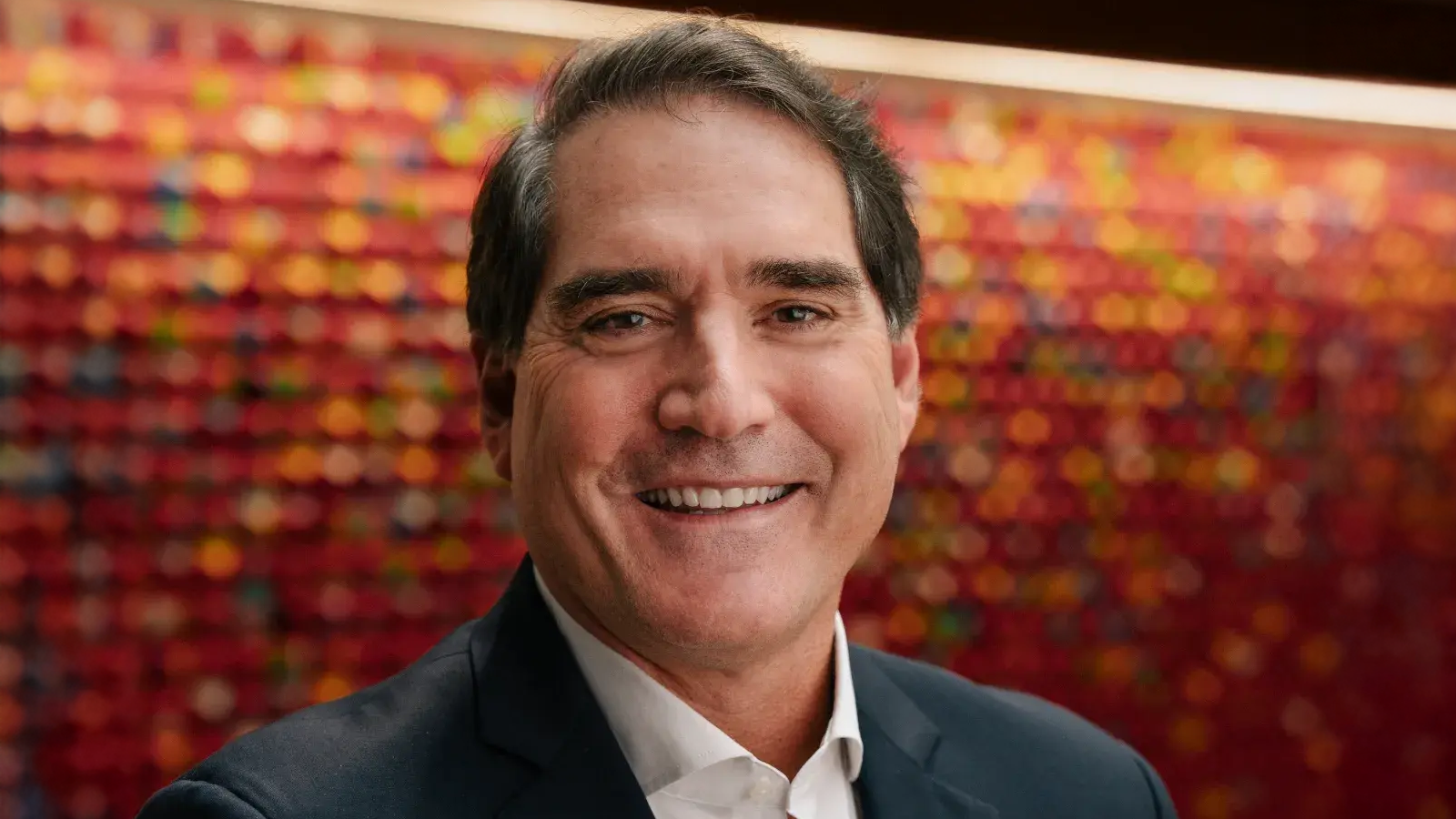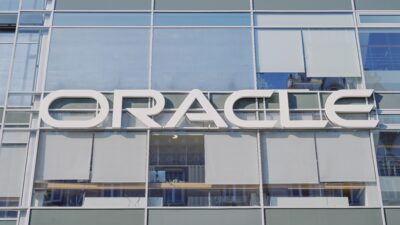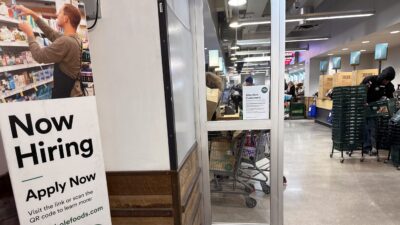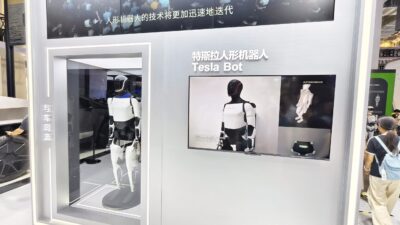May AI Take Your Order, Please?
AI is moving into jobs in food services and retail traditionally best left to humans. Can the imperfect tech give customers what they want?
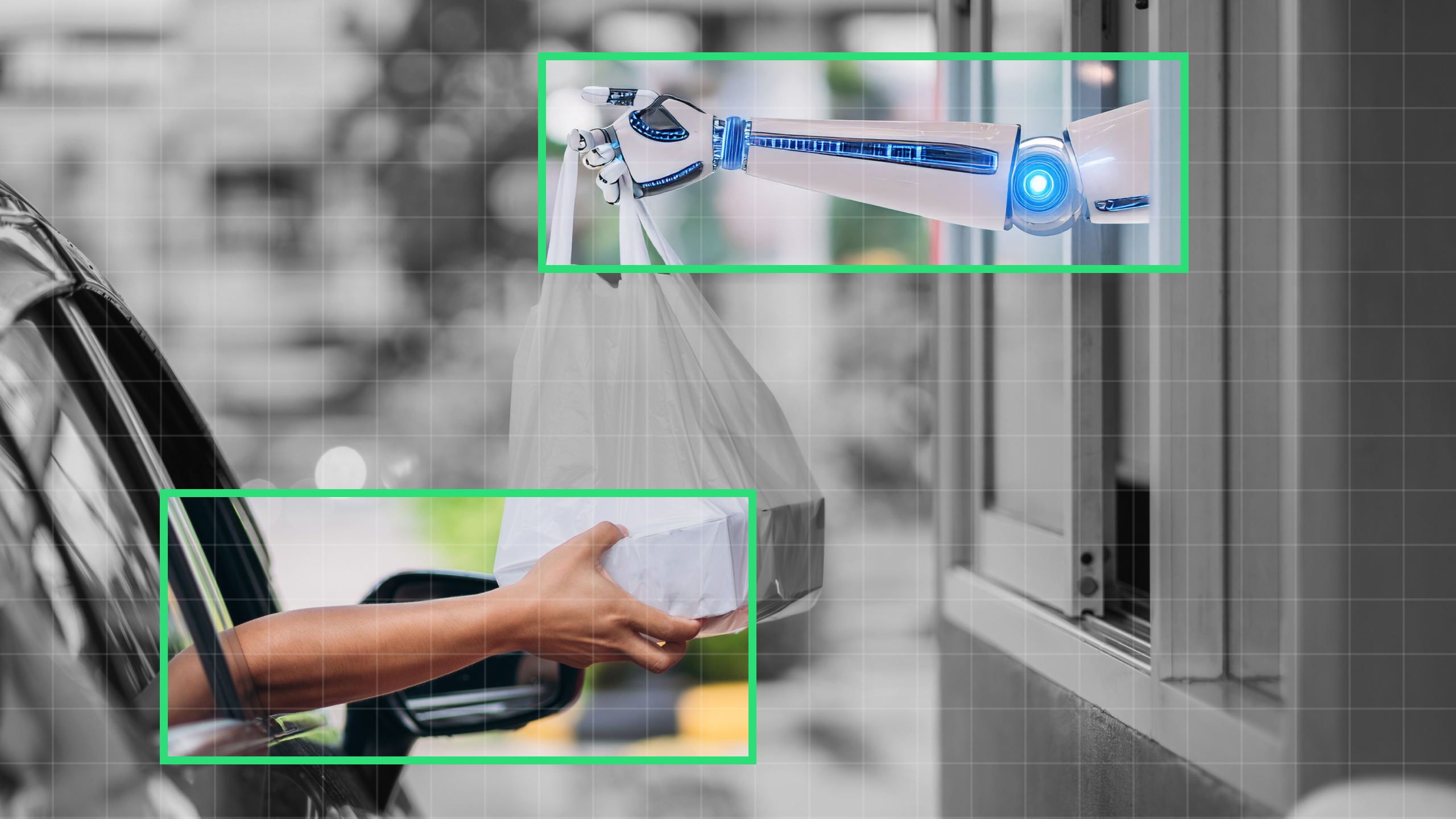
Sign up for smart news, insights, and analysis on the biggest financial stories of the day.
Your AI BFF is never more than a telephone away, no dialing required, always ready to offer fashion tips, moral support (“No, you were SO not being extra!”) or dinner recipes.
Your AI boyfriend is only too happy to join you for a (virtual) candlelight dinner, and your teenager’s AI classmate can trim several hours off the time required to finish a term paper.
On the downside, the AI switchboard operator at your bank or internet provider probably isn’t going to provide more than minimal help or even pass your name and phone number to a live person, presuming it eventually connects you with one.
Which means you already have a taste of the skills and shortcomings on the tech’s resume as it spreads from white-collar jobs into industries like manufacturing, retail and fast food that have typically required hands-on labor from humans.
While C-suite executives in those businesses view AI as a cost-efficient way to pick up slack, reduce the safety risks of physically dangerous tasks and address labor shortages, experts told The Daily Upside, relying on the tech for such work comes with the same risk as any other deployment. Plus, the consumer-facing nature of some roles may make it a tougher sell.
“As with any technology, there are growing pains,” said Dmitry Zakharchenko, chief software officer of edge computing firm Blaize. “But the more a system performs in the field, the better it gets.”
Order Up
While you’re not likely to see robots taking the places of chefs and line cooks in five-star restaurants (yet), AI is quickly finding its way into food services, particularly at major fast food chains.
Coffee giant Starbucks launched “Green Dot Assist,” a generative AI-based “coffeehouse companion” intended to help baristas in real time, at 35 locations in June. The tech allows workers to ask questions, such as how to make certain drinks or fix in-store equipment, and receive natural language responses.
The Seattle-based chain, which is grappling with declining sales at US coffeehouses and says AI assistants will allow baristas more time to connect with customers, is only the latest to leverage the tech:
- In February, Wendy’s announced that it would implement a voice-enabled AI order-taking assistant called FreshAI. CEO Kirk Tanner said the model would improve customer experience and “enable some labor efficiencies in our restaurants.”
- Yum! Brands, the parent company of Pizza Hut, KFC and Taco Bell, announced a partnership with Nvidia in March to build and deploy AI tools including order-taking agents and computer vision-powered drive-thrus.
- McDonald’s started testing AI automated drive-thrus in March in partnership with IBM. Though it axed the program and IBM partnership in June, Chief Restaurant Officer Mason Smoot said, “there is an opportunity to explore voice-ordering solutions more broadly.”
The food service industry is often struggling to fill jobs, noted Fengmin Gong, co-founder and CEO of MetafoodX, a company that deploys AI in hospitality settings where many tasks can be not only tedious but also require both meticulousness and rapidity.
Automating “critical, mundane” tasks from food-temperature checks to rationing of ingredients and checkout can alleviate stress as well as prevent food waste, he said, especially when customers are mobbing cash registers and the car line for the drive-through encircles the building.
“The big challenge for food service is labor and food costs,” said Gong. “We can leverage AI and technology to automate things that are challenging for a human to keep up with, yet they are critical to efficient food-service operations. That’s really the crossover.”
In blue-collar industries like manufacturing and maintenance, the benefits may be even bigger, said Alex Hawkinson, founder and CEO of BrightAI, which helps critical infrastructure firms adopt the tech. Manufacturing alone is grappling with a widening labor shortage as fewer entry-level workers apply to replace retiring veterans, leaving as many as 2.1 million jobs unfilled by 2030, according to nonprofit research firm The Conference Board.
Manufacturing, like maintenance and pest control, often struggles with sky-high churn rates, he said. “You can’t keep a crew together.”
‘Brutal, Dirty, Dangerous’
AI has particular potential to shine in tasks that human workers simply don’t want to do, said Hawkinson, especially “brutal, dirty, dangerous and repetitive jobs” such as working with chemicals and waste, and roles with a “super-hard learning curve” in technical and repair fields.
For example, Hawkinson and his team created an AI-powered “fly light,” which automatically detects when certain dangerous species of bugs are somewhere where they shouldn’t be, like a food or pharmaceutical plant. Typically, the job would be handled by an inspector once a month, Hawkinson said, with someone in charge of identifying the different types of bugs that become stuck on glue boards around the facility.
“So far, what we see is it massively decreases risk,” said Hawkinson. “You’re not handling the poison, you’re not trying to crawl literally in the sewer pipe yourself. You’re having the tool do it for you, guided with your expertise.”
But as with any deployment of AI, there are hazards. AI tends to hallucinate, or make things up, when it hasn’t been properly trained to handle user queries. That can be especially dangerous when the tech is deployed to perform critical tasks.
“You don’t want it to hallucinate when you’re trying to fix an explosive valve on a compressor,” said Hawkinson.
In consumer contexts, AI’s data-collection and security flaws could also pose a risk, said Zakharchenko. If models are constantly collecting data — and can be manipulated to reveal that data when prompted just right — consumers may feel uncomfortable interacting with it, prompting them to ghost local establishments that use it.
Plus, Zakharchenko said, if AI creates additional friction for users, it likely won’t be received well. “If the interface is not polished, humans tend to reject it,” he explained.
Complementary Technology
So how can these businesses reduce their AI risks? The simple answer: Humans.
Despite the hype about AI-enabled job automation (and the reality), most hands-on fields will always need a human in the loop. The critical and often dangerous nature of much blue-collar work will always require live oversight, Hawkinson said.
Meanwhile, the personal touch valued by food service and retail customers requires human presence, said Gong, whether it’s to assuage customer concerns, smooth out AI interactions or course-correct machines when they make mistakes.
“Fundamentally, we cannot rule out human interaction; we cannot leave humans out of this loop,” said Gong. “Because, after all, it’s all experienced by us — by humans.”
In time, the more that AI systems work in any field, the better they will perform, said Zakharchenko. “That’s when the human-to-machine loop will become more trustful,” he said. “In a way, the technician is training the machine. They’re treating it as a trainee. They have to distrust it. That’s normal.”
